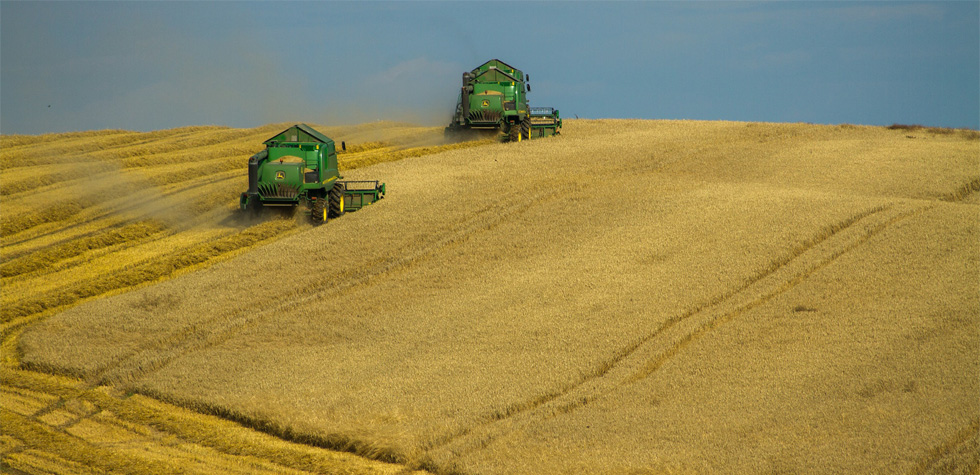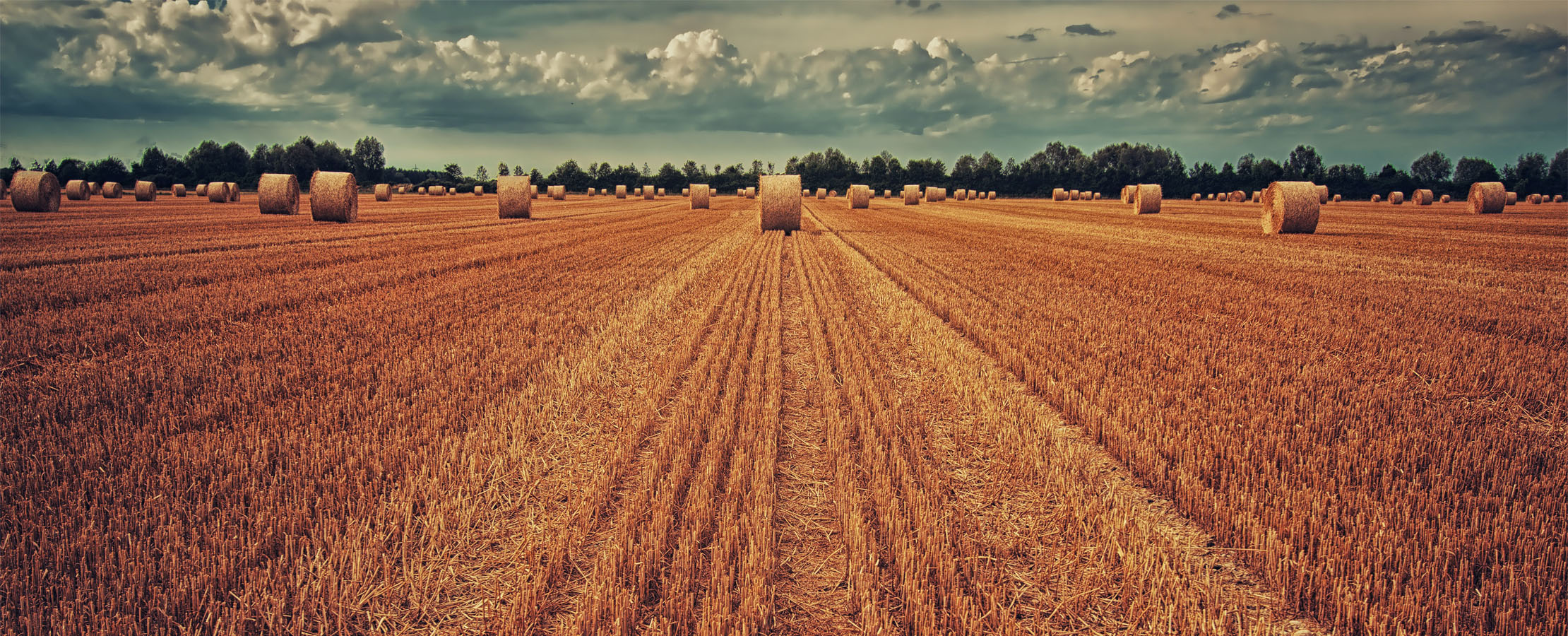The Challenge of Decarbonizing Food
From preparing farmland to food storage, every stage of food production releases greenhouse gases.
When we talk about the challenge of decarbonization, we tend to think of electricity production – but there are other fossil fuel-dependent industries that are just as essential to everyday life. In fact, around 30 percent of global energy is consumed by the agricultural and food sector.
A report from UN Food and Agriculture Organization experts found that food systems emitted 18Gt of CO2 equivalent in 2015 – 34 percent of overall emissions – and these emissions are continuing to grow.
The cost of crop production
The rise of ammonia-based fertilizers has hugely boosted crop production, doubling the number of people that a unit of land can feed and sustaining the growing global population.
However, producing ammonia is an energy-intensive process that uses fossil fuels, both as the source of hydrogen and as an energy source. Commercial ammonia production accounts for almost two percent of global energy consumption. Although it is possible to produce ‘green ammonia' from water and renewable energy, in practice almost all ammonia is derived from fossil fuels.
Carbon-intensive value chains
Fertilizer production is just one of the many ways in which food production contributes to greenhouse gas emissions.

For instance, research published in Science estimated that livestock and fisheries account for 31 percent of food-related emissions, land use (mainly the conversion of forests and other ‘carbon sinks' into cropland or pasture) for 24 percent, and supply chains for 18 per cent. Small but significant contributions came from packaging, transportation and refrigeration.
Cutting emissions, then, is no straightforward task – particularly while food demand continues to grow. The reality is there is no silver bullet. A combination of approaches is needed to tackle the many sources of emissions: changes to land use, shifts in consumer behavior, shortened supply chains, efficiency measures, and alternatives to fertilizers made with fossil fuels.
Food that doesn't cost the earth
Green ammonia could play a significant role in reducing use of fossil fuels in food production. With the cost of renewables falling compared with fossil fuels, green ammonia is inching closer to commercial viability. Several large ammonia producers have announced projects to produce green ammonia, including Yara, which is carrying out pilot projects in Norway, the Netherlands and Australia.
In the meantime, there could be ways to reduce fertilizer use. In fact, it has been pointed out that many policies and regulations inadvertently encourage excessive fertilizer use. The European Commission is working to increase the sustainability of food systems, with an aim of cutting fertilizer use by a fifth by 2030. This could be considered a first step towards ‘precision agriculture', in which data is used to inform how to use fertilizer, fuel and other resources more effectively, reducing waste, costs and emissions.
The energy transition is not just about electricity and heating – fossil fuels are used in the production of all sorts of indispensable resources. Rising to the climate challenge calls for changes to how we produce, process, and consume food.






